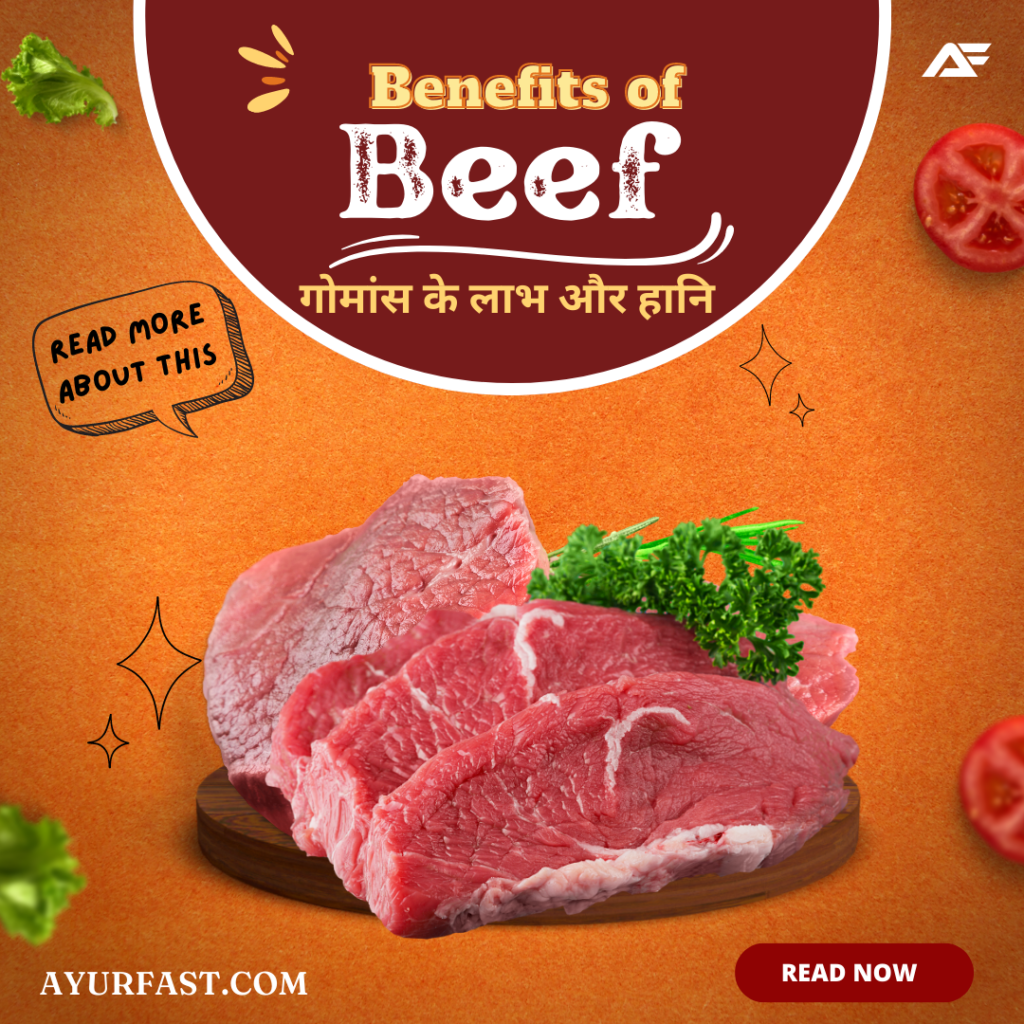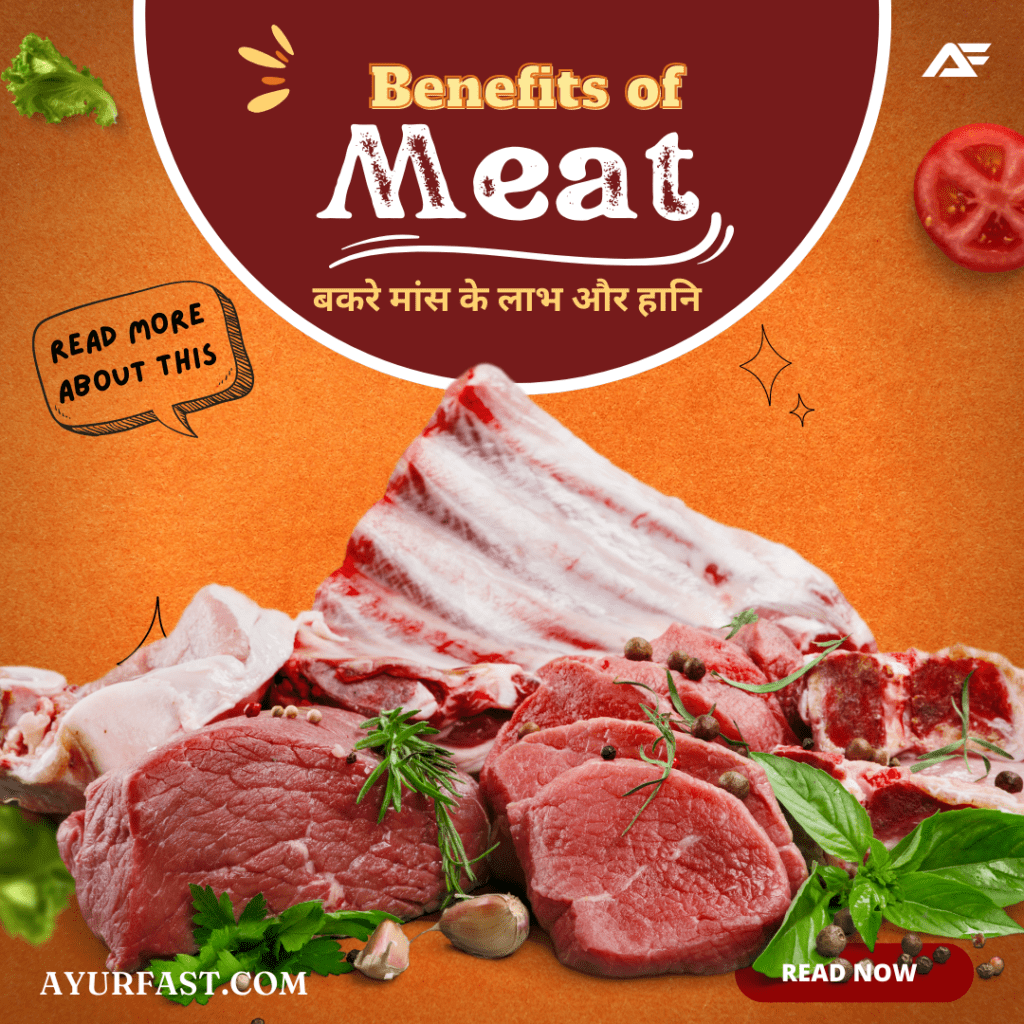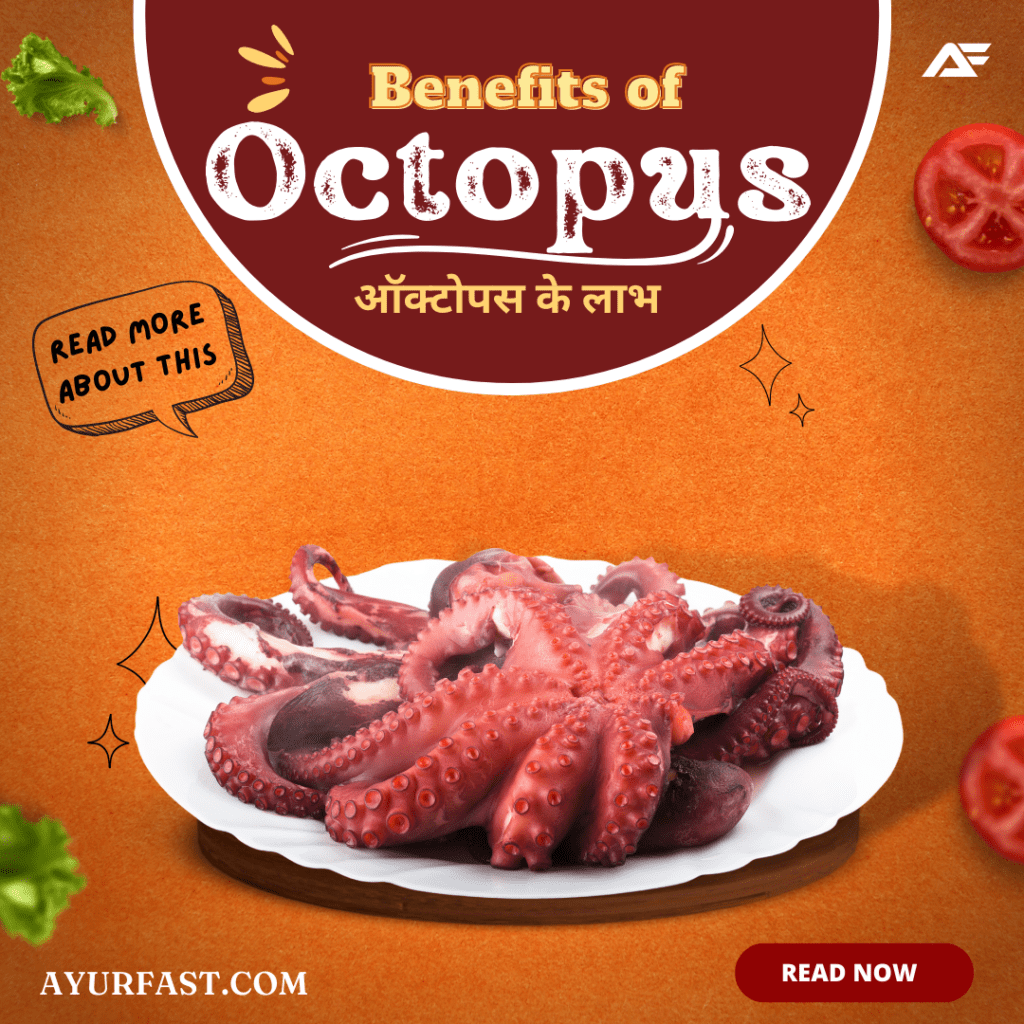About
Lobster is a type of seafood that is considered a delicacy in many parts of the world. It is a crustacean that is found in oceans and is commonly used in a variety of dishes. Here is some information about lobster:
Health Benefits:
-
- Low in calories: Lobster is a low-calorie food, making it a good choice for those looking to maintain a healthy weight.
- High in protein: Lobster is a good source of protein, which is important for building and repairing muscles and tissues.
- Good source of vitamins and minerals: Lobster contains several vitamins and minerals, including vitamin B12, copper, zinc, and selenium.
Health Risks:
-
- High cholesterol: Lobster is high in cholesterol, which can increase the risk of heart disease in some people.
- Mercury contamination: Some lobsters may contain high levels of mercury, which can be harmful to human health if consumed in large quantities.
Preparation methods:
-
- Boiling: Lobster can be boiled in salt water and served with melted butter.
- Grilling: Lobster tails can be grilled and served with lemon and herbs.
- Baking: Lobster can be baked with breadcrumbs, herbs, and butter.
List of treatments Of Lobster :
-
Boiled: One of the most popular ways to cook lobster is to boil it in salted water until the shell turns bright red.
-
Grilled: Lobster can be grilled by splitting it down the middle, brushing it with oil, and cooking it on a hot grill.
-
Steamed: Steaming lobster involves placing it in a steaming basket over boiling water and cooking it until the shell turns bright red.
-
Baked: Lobster can be baked by stuffing it with a mixture of breadcrumbs, herbs, and butter, and then baking it in the oven until cooked through.
-
Stir-fried: Lobster meat can be stir-fried with vegetables and spices for a flavorful and quick meal.
-
Broiled: Lobster tails can be broiled by placing them in a baking dish with butter and seasoning and cooking them under the broiler until golden brown.
-
Poached: Lobster meat can be poached in butter or other flavorful liquid for a tender and juicy result.
-
Fried: Lobster meat can be battered and deep-fried for a crispy and indulgent treat.
-
Sautéed: Lobster meat can be sautéed with garlic, butter, and wine for a flavorful and aromatic dish.
-
Raw: Lobster meat can also be served raw,
Harms of overdose Lobster :
-
High cholesterol: Lobster is relatively high in cholesterol, with 50 grams of lobster meat containing around 57 milligrams of cholesterol. Consuming too much cholesterol can lead to high blood cholesterol levels and increase the risk of heart disease.
-
Mercury contamination: Lobsters, especially larger and older ones, may contain high levels of mercury, which can accumulate in the body and cause neurological problems, especially in pregnant women and children.
-
Gout: Lobster meat contains purines, which can be broken down into uric acid in the body. Consuming too much uric acid can cause gout, a type of arthritis that can cause joint pain and inflammation.
-
Allergic reactions: Some people may be allergic to shellfish, including lobster. Consuming lobster can cause severe allergic reactions, including anaphylaxis, which can be life-threatening.
-
Digestive issues: Consuming too much lobster or shellfish, in general, can cause digestive issues, such as stomach cramps, diarrhea, and bloating.
Maximum consumption chart:
-
- Children: It is recommended that children consume no more than 2 ounces of lobster per week.
- Adult men: It is recommended that adult men consume no more than 8 ounces of lobster per week.
- Adult women: It is recommended that adult women consume no more than 6 ounces of lobster per week.
Energy and Macronutrients Content of Lobster (per 50g serving)
| Nutrient | Amount |
|---|---|
| Carbohydrates | 0 g |
| Fats | 0.6 g |
| Proteins | 10.6 g |
| Fiber | 0 g |
| Water | 38.6 g |
Vitamins Content of Lobster (per 50g serving)
| Vitamin | Amount per 50 g |
|---|---|
| Vitamin A | 42 IU |
| Vitamin B1 | 0.01 mg |
| Vitamin B2 | 0.02 mg |
| Vitamin B3 | 0.2 mg |
| Vitamin B6 | 0.04 mg |
| Vitamin B12 | 0.3 mcg |
| Vitamin C | 0.4 mg |
| Vitamin D | 30 IU |
| Vitamin E | 0.2 mg |
| Vitamin K | 0.1 mcg |
| Folate | 4 mcg |
| Biotin | 2 mcg |
Minerals Content of Lobster (per 50g serving)
| Mineral | Amount per 50 g |
|---|---|
| Calcium | 17.5 mg |
| Iron | 0.2 mg |
| Iodine | 28.5 mcg |
| Zinc | 0.5 mg |
| Magnesium | 9 mg |
| Phosphorus | 146 mg |
| Potassium | 169 mg |
| Sodium | 140 mg |
| Chloride | 258 mg |
| Copper | 0.05 mg |
| Chromium | 0 mcg |
| Fluoride | 5 mcg |
| Molybdenum | 1 mcg |
| Manganese | 0.01 mg |
| Selenium | 16.5 mcg |
What is lobster, and how is it different from other seafood?
Lobster is a type of crustacean found in oceans and seas worldwide. It has a distinct taste and texture and is often considered a delicacy. Unlike other seafood, lobster has a higher fat content and a firmer texture.
How do you cook lobster?How do you cook lobster?
There are several ways to cook lobster, including boiling, steaming, grilling, and baking. Boiling is the most common method, where you add the lobster to a pot of boiling water and cook for about 8-10 minutes.
How do you crack open a lobster?
To crack open a lobster, start by twisting off the claws and legs. Then, use a seafood cracker or nutcracker to crack the shell of the claw and remove the meat. Finally, use a lobster pick or fork to remove the meat from the legs and tail.
Can you eat the green stuff in a lobster?
Yes, the green stuff in a lobster is called tomalley and is considered a delicacy by some. It is the liver and pancreas of the lobster and is safe to eat in moderation.
How do you store leftover lobster?
If you have leftover lobster, store it in an airtight container in the refrigerator for up to 3 days. It is best to remove the meat from the shell and place it in a separate container.
Is lobster high in cholesterol?
Yes, lobster is high in cholesterol, with about 145 milligrams per 100 grams. However, it is also low in fat and calories, making it a healthy addition to a balanced diet when consumed in moderation.
Can you freeze cooked lobster?
Yes, you can freeze cooked lobster for up to 6 months. It is best to remove the meat from the shell and store it in an airtight container in the freezer.
How can you tell if a lobster is fresh?
Fresh lobsters should have a firm body and tail, clear eyes, and a mild, ocean-like smell. They should also be lively and active when picked up.
How do you clean a lobster?
To clean a lobster, start by removing the rubber bands from the claws. Then, rinse the lobster under cold water to remove any dirt or debris. Finally, use a pair of kitchen scissors to cut off the small legs and antennae.
Can you eat the lobster shell?
No, the lobster shell is not edible and should be removed before eating the meat inside.
How do you reheat lobster?
To reheat cooked lobster, steam it for about 5-10 minutes or until it is heated through. You can also microwave it for about 30 seconds to 1 minute on low power.
How long does it take to cook a lobster?
The cooking time for lobster depends on the size of the lobster. Generally, it takes about 8-10 minutes to cook a 1-pound lobster.
How many calories are in a lobster?
One 3-ounce serving of lobster contains about 90 calories, making it a low-calorie seafood option.
Can you eat the roe in a lobster?
Yes, the roe in a lobster, also known as the coral, is safe to eat and is considered a delicacy by some.
What is the best way to serve lobster?
Lobster is often served with melted butter and lemon. It can also be served with a side of vegetables or mixed into a pasta dish.
Can you eat the tail of a lobster?
Yes, the tail of a lobster is considered the most desirable part of the lobster and is safe to eat.









